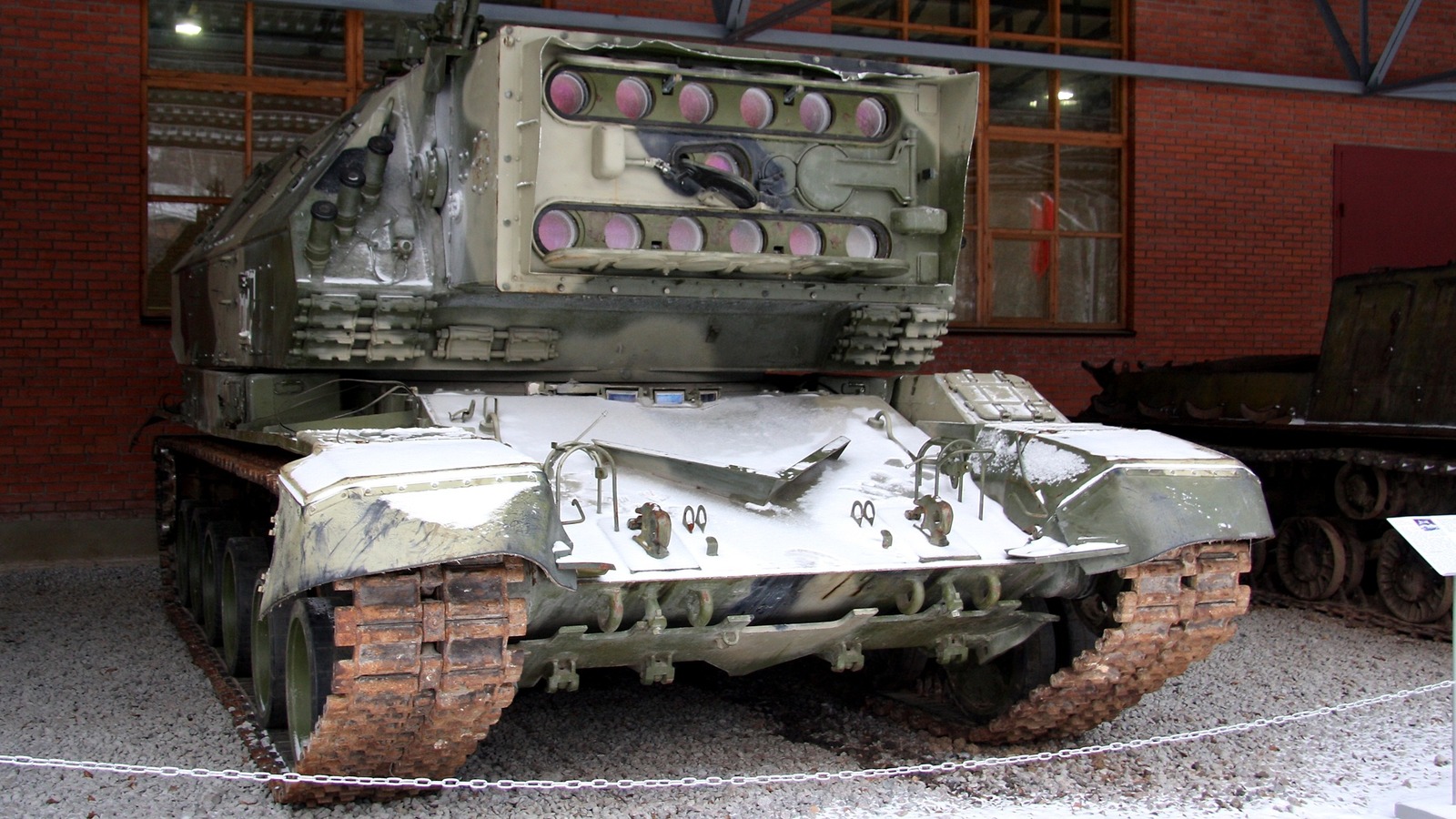The 1K17 was one of the many prototypes the Soviet Union built in its quest for a “Self-propelled Laser Complex” (SLK). The concept was initially proposed in the 1970s and early 1980s with the development of the 1K11 Stilet. The Luch Central Design Bureau, under the leadership of Gen. Dmitry Ustinov, engineered two prototypes to deliver around 1982. The 1K11 complex had a laser emitter atop a tracked chassis.
After the Stilet was the “Sangvin” (Sanguine). This prototype utilized the chassis of the ZSU-23-4 Shilka self-propelled anti-air gun. The guns were removed and replaced with a single laser emitter to disable the sensors and optics of combat aircraft. While there is limited test data available today, numerous sources suggest that at ranges of five to six miles, the Sanguine could leave a helicopter inoperable.
The most advanced SLK arrived in 1989, in the form of the 1K17 Szhatie, but so did the end of the Soviet Union. However, the Russian military powered ahead, Assembled in December 1990 and trialed until 1992, the Szhatie demonstrated promising results during testing. However, despite the success of the trials, the 1K17 never entered full-scale production or service.
[Featured image by Vitaly V. Kuzmin via Wikimedia Commons | Cropped and scaled | CC BY-SA 4.0]
